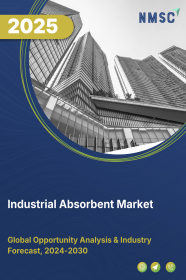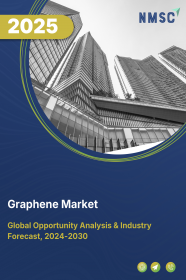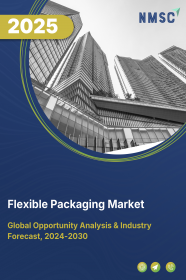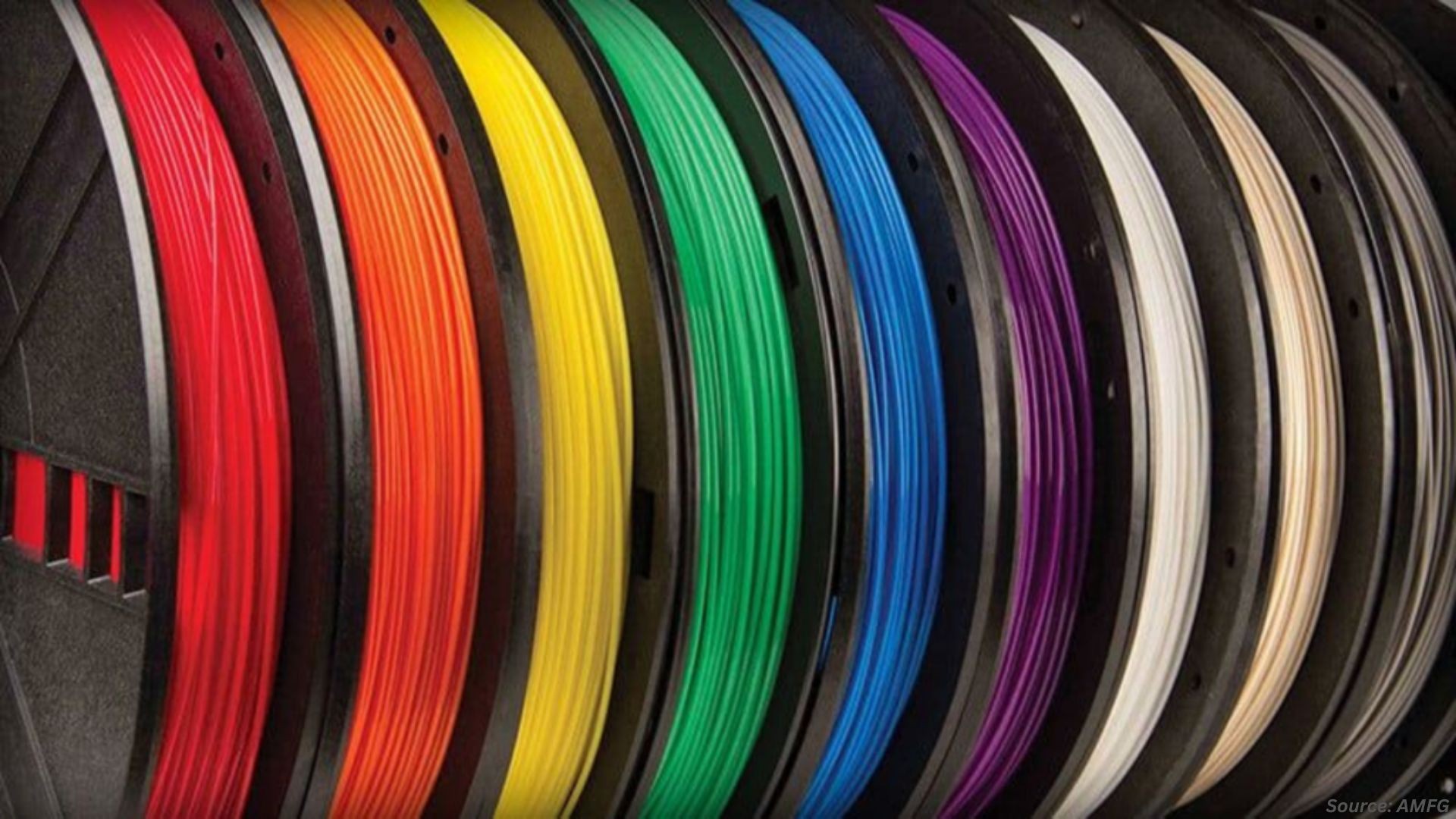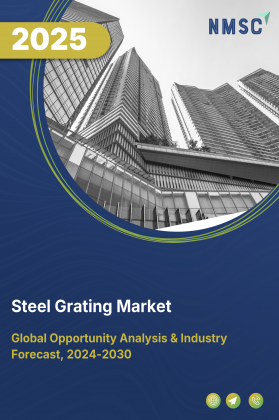
Steel Grating Market by Product Material (Carbon Steel Grating, Stainless Steel Grating and Others), by Manufacturing Process (Welded Grating, Press Locked Grating, Swage Locked Grating and Others), by Coating Type (Hot Dip Galvanized, Painted and Others), by Structural Form (Standard Open Grid Grating and Others) and by End Use Industry (Construction & Infrastructure, Oil & Gas and Others) – Global Opportunity Analysis and Industry Forecast, 2025–2030
Industry Outlook
The global Steel Grating Market size was valued at USD 249.78 billion in 2024, with an estimation of USD 261.82 billion in 2025 and is predicted to reach USD 331.31 billion by 2030 with a CAGR of 4.82% from 2025-2030. The industry is witnessing steady growth, driven by infrastructure development, rapid urbanization, industrial expansion, and increasing workplace safety requirements.
Growing cities and large-scale construction projects, including bridges, highways, airports, ports, and drainage systems, are fueling demand for durable, cost-effective, and corrosion-resistant materials like steel grating, with urban population growth in both developing and developed economies further boosting adoption.
At the same time, rising industrialization and the expansion of manufacturing hubs across emerging markets, alongside the modernization of facilities in developed regions, are creating strong demand for steel grating in factory floors, maintenance platforms, ventilation covers, stair treads, and industrial corridors.
Moreover, stringent regulatory standards for workplace safety are accelerating the use of steel grating in hazardous environments, thanks to its anti-slip surfaces, fire resistance, and high load-bearing capacity. Together, these factors position steel grating as a vital component in supporting global infrastructure modernization, industrial efficiency, and worker protection.
Infrastructure Development and Rapid Urbanization Drives the Market Growth
Infrastructure development and rapid urbanization remain key drivers of the steel grating market growth, as growing cities and large-scale construction projects demand durable and cost-effective materials. Steel grating is widely utilized in bridges, highways, airports, ports, drainage systems, industrial platforms, and walkways owing to its strength, corrosion resistance, and load-bearing capacity.
Rising urban populations further amplify this demand, according to the World Bank in 2024, the urban population accounted for 37% of the total in India and 84% in the U.S., reflecting both the rapid urban expansion in developing nations and the already high urban concentration in developed economies. This urban growth is fuelling investments in transport systems, smart city projects, and commercial infrastructure, thereby accelerating the adoption of steel grating as a vital component in modern infrastructure worldwide.
Industrialization & Manufacturing Activity Boosts the Market Expansion
Industrialization and expanding manufacturing activity are strong drivers of the steel grating market demand, as industries require durable, safe, and efficient infrastructure to support operations. Steel grating is extensively used in factory floors, maintenance platforms, ventilation covers, stair treads, and drainage systems because of its strength, resistance to heavy loads, and low maintenance needs.
With the growth of manufacturing hubs across emerging economies and the modernization of industrial facilities in developed regions, the demand for reliable materials that enhance worker safety and operational efficiency continues to rise. This surge in industrial activity not only increases direct applications of steel grating in plants and warehouses but also indirectly fuels demand through the development of industrial corridors, logistics hubs, and energy-intensive sectors such as mining, oil & gas, and power generation.
Worker Safety & Regulatory Compliance Fuels the Market Demand
Worker safety and regulatory compliance are major drivers of the steel grating market expansion, as industries are increasingly required to meet stringent safety standards to protect employees in hazardous working environments. Steel grating offers anti-slip surfaces, fire resistance, durability, and effective drainage, making it an ideal choice for applications such as walkways, stair treads, platforms, and flooring in sectors like oil & gas, manufacturing, mining, and construction.
Governments and regulatory bodies worldwide continue to tighten workplace safety norms, pushing industries to adopt materials that minimize the risk of slips, trips, and falls. As a result, the growing emphasis on compliance with occupational safety regulations and the need to ensure worker protection are significantly boosting the demand for steel grating across multiple end-use industries.
Volatility in Raw Material Prices Limit the Market Growth
One of the key restraints of the steel grating market is the volatility in raw material prices, particularly steel. Fluctuations in global steel prices, driven by changes in demand-supply dynamics, trade policies, and energy costs, directly impact production expenses and profit margins for manufacturers.
Additionally, the availability of cheaper alternatives such as aluminum or fiber-reinforced plastic (FRP) grating in certain applications poses competitive pressure, as these materials are lightweight, corrosion-resistant, and sometimes more cost-effective. Such price instability and the threat of substitutes create challenges for consistent growth in the market, especially in cost-sensitive regions.
Expansion of Renewable Energy and Green Infrastructure Projects Unlocks New Growth Opportunities
One significant opportunity for the steel grating industry lies in the expansion of renewable energy and green infrastructure projects. With increasing global investments in solar farms, wind power facilities, and sustainable urban infrastructure, the need for durable, safe, and corrosion-resistant materials is rising.
Steel grating is widely used in access platforms, walkways, and maintenance areas within renewable energy installations, as well as in eco-friendly drainage and ventilation systems for smart cities. As governments and private players continue to prioritize clean energy and sustainable construction, the adoption of steel grating in these emerging sectors presents a strong growth opportunity for market players worldwide.
Market Segmentation and Scope of Study
The steel grating market report is divided on the basis of product material, manufacturing process, coating type, structural form, application, end use industry, and region. On the basis of product material, the market is grouped into carbon steel grating, stainless steel grating, aluminum grating, and others. On the basis of manufacturing process, the market is divided into welded grating, press locked grating, swage locked grating, and riveted grating. On the basis of coating type, the market is categorized into hot dip galvanized, painted, powder coated, and untreated & other finishes. On the basis of structural form, the market is segmented into standard open grid grating, close mesh grating, serrated surface grating, plain surface grating, and heavy-duty grating. On the basis of application, the market is divided into walkways, platforms, stair treads, drainage & trench cover, bridge decks & transport structures, architectural & façade elements, industrial safety guards & mezzanines, and others. On the RoW.
Geographical Analysis
In North America, one of the key drivers of the steel grating market share is the modernization and expansion of transportation and industrial infrastructure. The U.S. and Canada are investing heavily in upgrading highways, airports, rail networks, and ports, where steel grating is widely used for walkways, platforms, drainage covers, and safety flooring.
Additionally, the presence of a strong oil & gas sector, coupled with stringent workplace safety regulations set by agencies like OSHA (Occupational Safety and Health Administration), further boosts demand for durable, anti-slip, and load-bearing steel grating solutions. This combination of infrastructure upgrades and regulatory compliance is driving steady market growth in the region.
In Europe, a key driver of the industry is the focus on sustainable infrastructure development and strict workplace safety regulations. The region’s commitment to green construction practices, energy-efficient buildings, and the modernization of transport networks such as railways, airports, and seaports has increased demand for durable and corrosion-resistant materials like steel grating.
Moreover, stringent safety standards enforced by the European Union and national regulatory bodies require industries to adopt anti-slip, fire-resistant, and long-lasting flooring and platform solutions. This alignment of sustainability goals with regulatory compliance is significantly boosting the adoption of steel grating across Europe’s industrial, commercial, and public infrastructure projects.
In Asia Pacific, the steel grating market revenue is strongly driven by rapid urbanization and large-scale infrastructure development across key economies such as China and India. Massive investments in metro rail projects, smart cities, airports, industrial corridors, and commercial complexes are creating robust demand for durable and cost-efficient materials like steel grating, which is widely used in platforms, walkways, drainage systems, and safety flooring.
According to the World Bank in 2024, the urban population accounted for 37% of the total in India and 66% in China, reflecting both the accelerating pace of urban expansion in developing economies and the already high level of urban concentration in more advanced markets. This growing urban base, combined with rapid industrialization and construction activity, is positioning Asia Pacific as one of the fastest-growing regions for steel grating adoption.
In the Rest of the World (RoW), the steel grating market is being driven by infrastructure upgrades and industrial growth in regions such as Latin America, the Middle East, and Africa. Expanding urban centers, rising investments in oil & gas projects, mining operations, and transportation networks are increasing the demand for durable and low-maintenance materials like steel grating.
Governments in these regions are also focusing on modernizing public infrastructure, including airports, seaports, and drainage systems, which require strong and corrosion-resistant flooring and walkway solutions. Additionally, the gradual enforcement of workplace safety standards across industries is encouraging wider adoption of steel grating, supporting steady market growth in the RoW.
Strategic Innovations Adopted by Key Players
Key players in the steel grating industry are accelerating global expansion through upscale brand launches, service diversification, and strategic partnerships.
-
In November 2024, Ohio Gratings expanded its operations in Stark County, Ohio, creating 60 new jobs.
-
In March 2024, KPS Capital Partners announced the sale of IKG to Meiser GmbH and Dutco Group. This strategic move aims to enhance IKG's global reach and operational capabilities in the steel grating industry.
Key Benefits
-
The report provides quantitative analysis and estimations of the industry from 2025 to 2030, that assists in identifying the prevailing steel grating market opportunities.
-
The study comprises a deep-dive analysis of the current and future steel grating market trends to depict prevalent investment pockets in the sector.
-
Information related to key drivers, restraints, and opportunities and their impact on the market is provided in the report.
-
Competitive analysis of the players, along with their market share is provided in the report.
-
SWOT analysis and Porters Five Forces model is elaborated in the study.
-
Value chain analysis in the market study provides a clear picture of roles of stakeholders
Steel Grating Market Key Segments
By Product Material
-
Carbon steel grating
-
Stainless steel grating
-
Aluminum grating
-
Others
By Manufacturing Process
-
Welded grating
-
Press locked grating
-
Swage locked grating
-
Riveted grating
By Coating Type
-
Hot dip galvanized
-
Painted
-
Powder coated
-
Untreated and other finishes
By Structural Form
-
Standard open grid grating
-
Close mesh grating
-
Serrated surface grating
-
Plain surface grating
-
Heavy Duty Grating
By Application
-
Walkways
-
Platforms
-
Stair treads
-
Drainage and trench cover
-
Bridge decks and transport structures
-
Architectural and façade elements
-
Industrial safety guards and mezzanines
-
Others
By End Use Industry
-
Construction and infrastructure
-
Oil and gas
-
Power generation
-
Water and wastewater treatment
-
Mining and metals
-
Chemicals and petrochemicals
-
Transportation and marine
-
Manufacturing and heavy industry
-
Others
By Region
-
North America
-
The U.S
-
Canada
-
Mexico
-
-
Europe
-
The UK
-
Germany
-
France
-
Italy
-
Spain
-
Denmark
-
Netherlands
-
Finland
-
Sweden
-
Norway
-
Russia
-
Rest of Europe
-
-
Asia-Pacific
-
China
-
Japan
-
India
-
South Korea
-
Australia
-
Indonesia
-
Singapore
-
Taiwan
-
Thailand
-
Rest of Asia-Pacific
-
-
Rest of the World
-
Latin America
-
Middle East
-
Africa
-
Key Players
-
IKG Industries
-
Meiser GmbH
-
Nucor Corporation
-
Ohio Gratings Inc.
-
Interstate Gratings
-
Borden Metal Products Co. Inc.
-
Lionweld Kennedy Flooring Ltd.
-
Webforge Holdings Pty Ltd
-
FerroGrate
-
Grating Pacific Inc.
-
NJMM – Ningbo Jiulong Machinery Mfg. Co., Ltd.
-
Elefant Gratings Ltd
-
Emmegi S.p.A.
-
Termetal
-
Kraty Mostostal Kraków
Report Scope and Segmentation
|
Parameters |
Details |
|
Market Size in 2025 |
USD 261.82 Billion |
|
Revenue Forecast in 2030 |
USD 331.31 Billion |
|
Growth Rate |
CAGR of 4.82% from 2025 to 2030 |
|
Analysis Period |
2024–2030 |
|
Base Year Considered |
2024 |
|
Forecast Period |
2025–2030 |
|
Market Size Estimation |
Billion (USD) |
|
Growth Factors |
|
|
Countries Covered |
28 |
|
Companies Profiled |
15 |
|
Market Share |
Available for 10 companies |
|
Customization Scope |
Free customization (equivalent to up to 80 working hours of analysts) after purchase. Addition or alteration to country, regional, and segment scope. |
|
Pricing and Purchase Options |
Avail customized purchase options to meet your exact research needs. |

















 Speak to Our Analyst
Speak to Our Analyst



